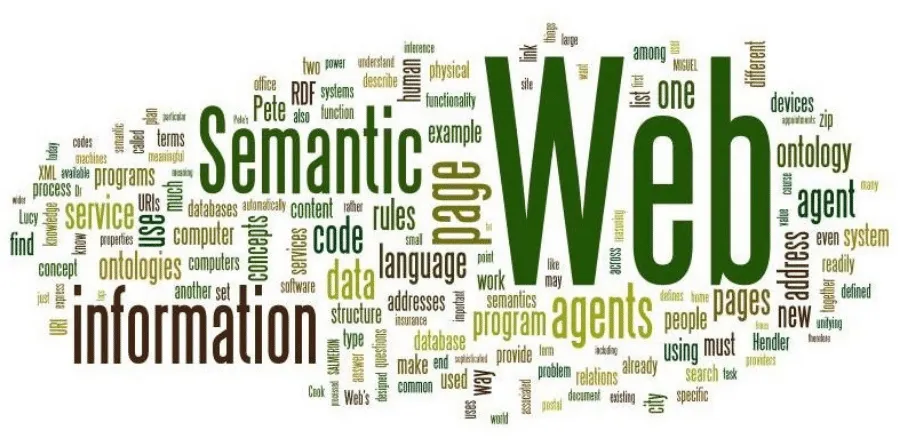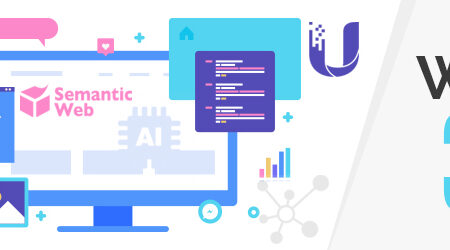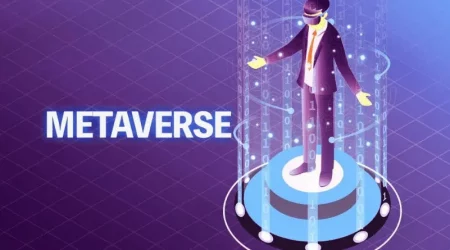Main Features of Web 3.0
One of the most significant developments in web technology is the rise of Web 3.0. This new technology allows users to transfer assets globally without using different accounts. It also eliminates the need for individual profiles. Web 3.0 also uses decentralized blockchains to allow individuals to access and share information without having to use any specific platforms. This is one of the most significant changes for the future of the internet.
Table of Contents
Semantic Web
Semantic metadata is a key component of Web 3.0, an evolution of information and services. By leveraging all the available information, the user experience of a website or application is transformed. In addition, every device is connected to the internet, which makes it possible to access and use services from anywhere. This is a significant step toward a better user experience. Shortly, every person will connect with a computer and receive personalized responses.
Another significant change in web technology is the development of semantic metadata. It is a way of linking information. It evolves the user experience by leveraging all the information available. Content is accessible to multiple applications and devices. It is also accessible from all locations. A great example of this is the introduction of Siri or Alexa on Apple’s iPhone and Amazon’s Alexa voice-recognition platform. Although the development of these technologies is still in its early stages, the benefits are clear.
Read More: What Web 3.0 Needs, More Users or More Investors?
Meaningful Content
The third generation of websites aims to make content more meaningful. For example, when you search for a particular movie, you can use your phone’s camera to read customer reviews. The next time you’re looking for a Japanese restaurant, Amazon will be able to suggest similar items for you. The website will learn from your previous purchases and present you with a 3D menu of its offerings. This feature makes websites more intelligent, allowing clients to make better choices.
Artificial Intelligence
The third generation of the web will have several major features. Some of the most important ones include artificial intelligence (AI) and 3D graphics. These technologies will make the web more accessible and interactive. It is important to remember that these elements will change rapidly, so it is vital to be prepared. And, as the third generation of the internet develops, we will see these changes. There will be more opportunities for marketers in the future.
With this technology, people will be able to manage their data. For example, they can control their personal information with a single touch. For instance, a person could enter their name and location, and a website will suggest the best cinema. A search engine recognizing a face might have 3D menus and other information. While it’s not yet entirely ready for widespread adoption, it will likely have many benefits.
How Web 3.0 Can Change Our Lives?
The new Web standard, Web 3.0, will change how we communicate, shop, and interact with machines and websites. It will also allow us to sell our data to advertisers. We won’t have to worry about creating multiple profiles for different platforms. With web3.0, we will have a more significant say in how brands use and sell our information. This will help the user and companies that make and manage these systems.
The next step in web 3.0 technology will be to move the data center out of our homes. In web 2.0, the data center was in the heart of the internet. With Web 3.0, we’ll use a distributed computing model where the data centers are spread throughout our homes, cars, and appliances. By 2025, there will be 160 times as much data in our homes, offices, and cars as there are today.
This means more power for the creators. With more democratized access to digital channels, we’ll be able to reach more consumers than ever. Examples include the sports industry, where the new platform will empower more creators and provide a more empowering experience. However, there are still plenty of challenges that need to be overcome before Web 3.0 can take hold.











Leave a Reply